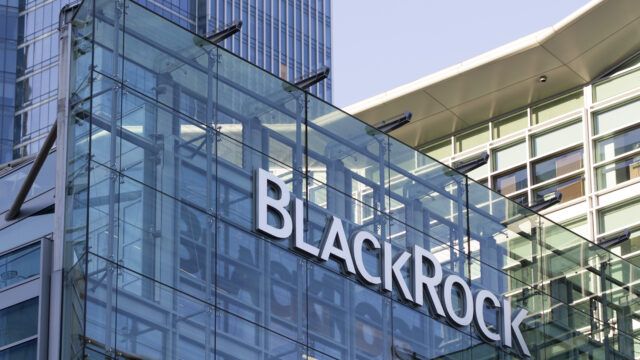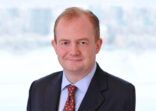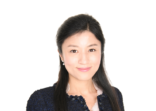BlackRock experienced positive net inflows during the first quarter of 2025 before President Trump’s tariffs threw financial markets into disarray.
The world’s largest asset manager reported $84bn of total net inflows for the first three months of the year, driven largely by gains in its iShares exchange-traded-fund (ETF) business.
This boosted the firm’s total assets under management (AUM) to $11.58trn, narrowly above the $11.55trn reported at the end of last year.
In the firm’s latest financial results, BlackRock’s chairman and CEO Larry Fink said: “Uncertainty and anxiety about the future of markets and the economy are dominating client conversations.”
“We’ve seen periods like this before when there were large, structural shifts in policy and markets – like the financial crisis, Covid, and surging inflation in 2022.”
“We always stayed connected with clients, and some of BlackRock’s biggest leaps in growth followed.”
Like many of its competitors, BlackRock has been looking to strengthen its position in private markets.
It went on a $28bn buying spree last year, purchasing two investment firms, HPS Investment Partners and Global Infrastructure Partners, as well as Preqin, a private markets data provider.
Fink said: “We’ve intentionally shaped our platform to serve clients in all market environments, building a premier global public-private markets investment and technology firm.”
“We have leading franchises in categories that we expect to benefit from capital flows and investment even against volatile public markets.”
“These include our newly enriched private markets platform, ETFs, and Aladdin risk management and technology.”
Fink said the firm’s organic base fee growth of 6% was “the best start to a year since 2021”, which the firm reported was driven by its private markets business, ETFs and systematic active strategies.
BlackRock’s total alternative AUM, which includes both private credit and equity, totalled $291bn at the end of the quarter, roughly 2.5% of the $11.5trn in total aum.
In Fink’s latest annual letter, he suggested investors opt for a new 50/30/20 model made up of equities, bonds and alternatives, instead of the traditional 60/40 model.

















